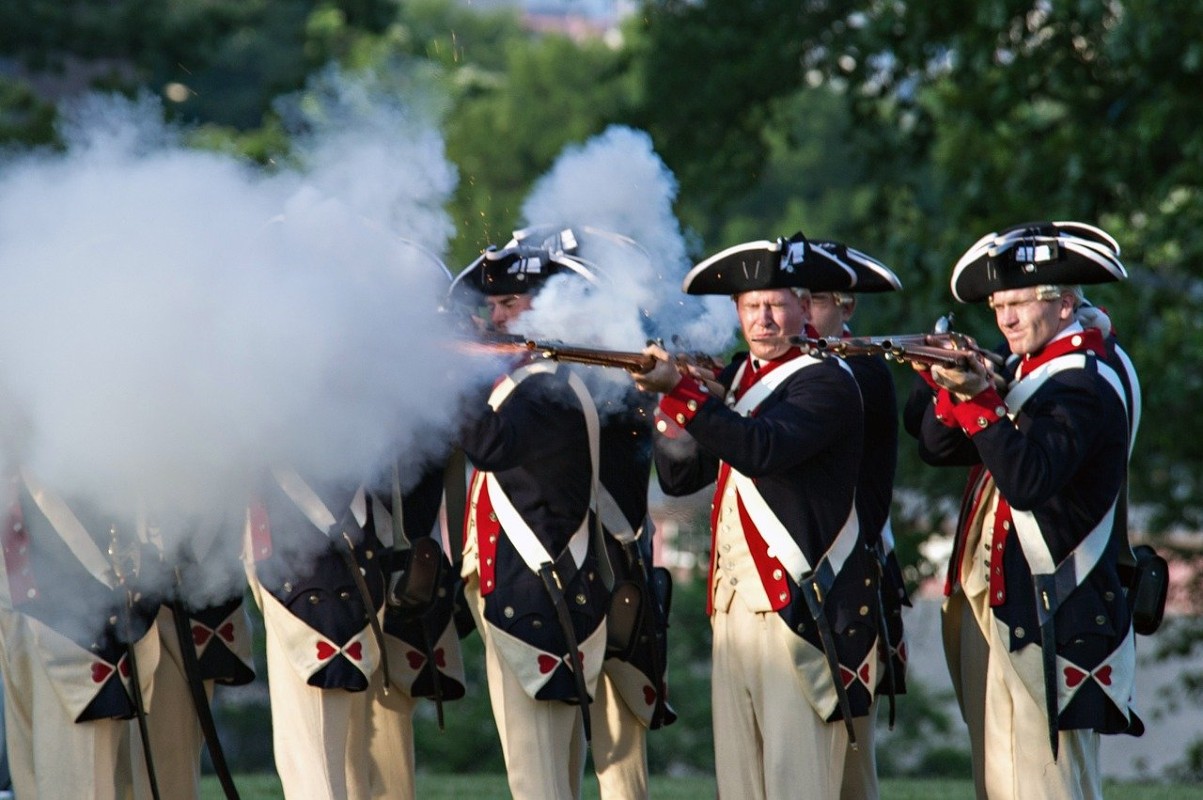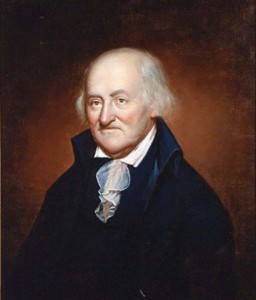By Andy Brack, editor and publisher | Bring up past American wars and it’s pretty certain you’ll soon get into a disagreement about something. Example: Which was more important — the Revolutionary War or the Civil War?
 Some people focus mostly on the Revolutionary War, saying without the success of patriots in South Carolina and other colonies that we may not have been able to test our unique experiment with democracy.
Some people focus mostly on the Revolutionary War, saying without the success of patriots in South Carolina and other colonies that we may not have been able to test our unique experiment with democracy.
Others intently study the complexities of the Civil War, its strategies, its inventions, its terrible tool and its enduring impact being felt in society today in everything from polarized bickering about the Confederate flag to racially-motivated killings and violence.
Part of the newly-released 350 Facts About Charleston highlights the influential roles of people and events in the Holy City during these two deadly conflicts. Here’s a preview:
Third time was charmed for British
The British failed in the first attempt to take Charleston in 1776 in what was the first major naval victory for patriot forces. South Carolina troops repelled an attack on a palmetto fort on Sullivan’s Island. Three years later, the British made a second attempt to capture Charleston while the main Continental Army was in Georgia. British Gen. Augustine Prevost marched from Savannah to Charleston, but as Gen. William Moultire’s small force was holding its own, the Continental Army returned from Georgia, fighting back the British.
The Redcoats mounted their strongest attempt to take the Holy City in 1780 when Sir Henry Clinton’s 10,000-man army, supported by the Royal Navy, laid siege to the city from April 1 to May 12. It was the longest siege of the Revolutionary War. It ended when Charleston and 6,000 colonial soldiers surrendered. The loss is considered the worst defeat of the Continental Army during the Revolutionary War and gave the British a foothold to try to retake the Southern states.
Favorite story in the book
Charleston patriot Christopher Gadsden, remembered today for his yellow “Don’t Tread On Me” rattlesnake flag, first advocated for colonial independence from the British in 1766 under a live oak that would come to be known as the Liberty Tree. A bronze plaque by the Sons of the Revolution marks the spot near Alexander Street where the tree once stood. Gadsden, along with his fellow revolutionaries, led public meetings to protest the British Stamp Act and tea tax, calling themselves the Sons of Liberty.
So here’s where the story about the Liberty Tree gets interesting. When the British occupied Charleston from 1780 to 1782, they cut down the Liberty Tree and burned its stump to prevent it from becoming a patriot shrine. But they didn’t think about the tree’s pesky roots. After the war, Judge William Johnson retrieved a root and had it made into cane heads. One of them was given to Thomas Jefferson, author of the Declaration of Independence. Pretty neat, huh?
No deaths during “shots heard around the world”
On April 12, 1861, Confederates opened fire on Fort Sumter at 4:30 a.m. from multiple positions surrounding the fort — but not from the peninsula as many believe. Thousands of spectators filled rooftops and lined the Battery to watch the barrage. After the 34-hour bombardment, Union Major Robert Anderson, commander of Fort Sumter, surrendered. Incredibly, no one died during the engagement in which more than 3,000 shells were fired. It wasn’t until an accidental explosion during the surrender ceremony that the first casualty of the Civil War, Daniel Hough, a Union soldier, was claimed.
Fort Sumter remained an important bastion after the first barrage
Confederate forces continued to occupy Fort Sumter, using it to hold a defense of Charleston Harbor after P.G.T. Beauregard captured the bastion in 1861. Better armed and finally finished, the fort allowed the Southern military to create a valuable hole in the Union blockade of the Atlantic seaboard. Two years later, in 1863, the Union would launch its first assault against Fort Sumter, when Rear Admiral Samuel Francis Du Pont attempted a naval attack on the port city of Charleston. He arrived in Charleston with a fleet of nine ironclad warships, but in collaboration with Fort Sumter, Confederate batteries commanded by Beauregard unleashed a barrage of cannonfire against the fleet, dealing over 500 hits and forcing the fleet to retreat.
- You can find out more about the book online at CharlestonFacts.com.
Have a comment? Send to: editor@charlestoncurrents.com.





 We Can Do Better, South Carolina!
We Can Do Better, South Carolina!
























